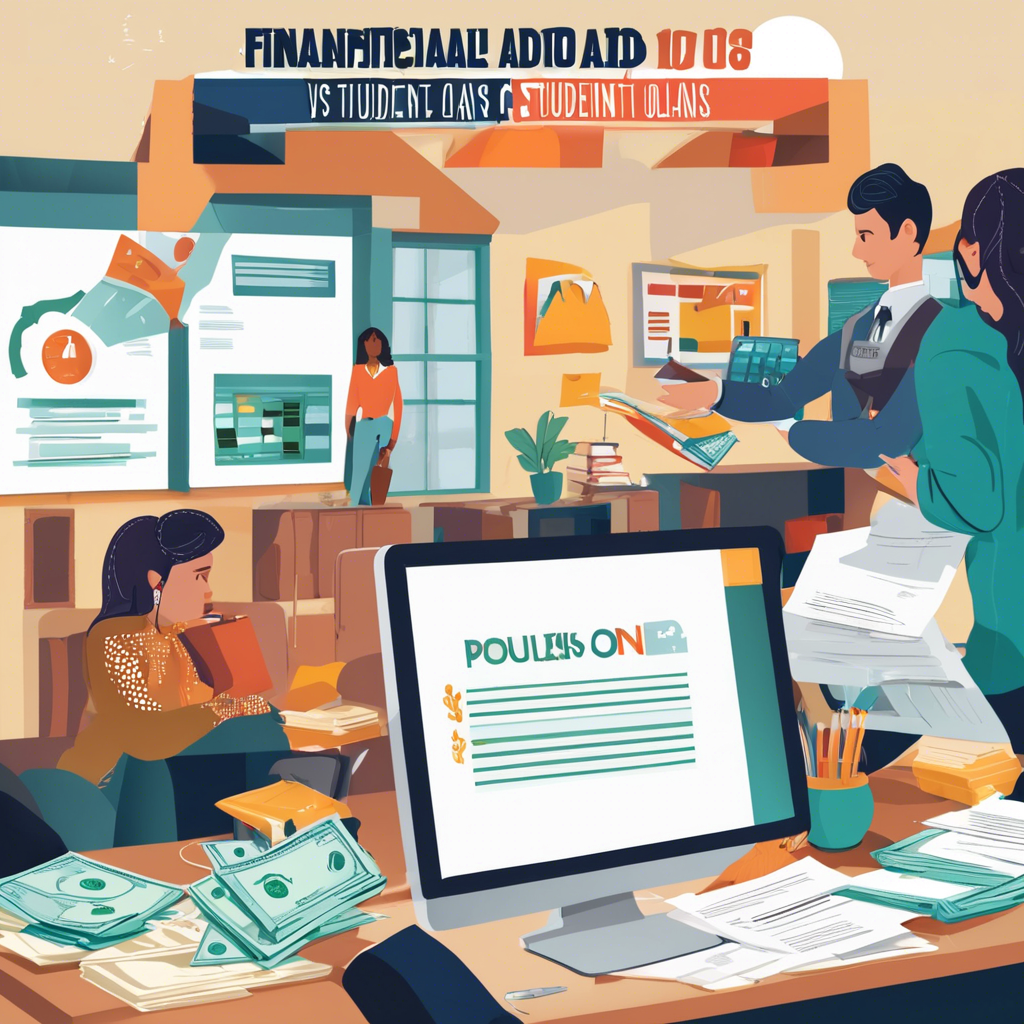Financial Aid 101: Grants vs. Student Loans
When it comes to financing higher education, navigating the world of financial aid can be overwhelming. One of the key decisions students face is choosing between grants and student loans. Understanding the differences between these two forms of financial aid is essential for making informed decisions about funding your education.
Grants: Free Money for College
Grants are financial aid awards that do not need to be repaid. They are typically awarded based on financial need, academic merit, or specific criteria set by the grant provider. Federal Pell Grants and state grants are examples of need-based grants that can significantly reduce the cost of college for eligible students.
Benefits of Grants:
- Do not require repayment
- Available for eligible students based on financial need or merit
- Can be used to cover tuition, fees, and other educational expenses
For more information on the benefits of grants, check out this article.
Student Loans: Borrowed Money with Interest
Student loans, on the other hand, are borrowed funds that must be repaid with interest after graduation. They can come from the federal government, private lenders, or the college itself. While loans provide immediate financial assistance, they also come with long-term financial obligations.
For a detailed comparison between grants and student loans, click here.
Key Differences Between Grants and Student Loans
- Repayment: Grants do not require repayment, while student loans must be repaid with interest.
- Qualifications: Grants are often need-based, while student loans may require a credit check or cosigner.
- Cost: Grants are essentially free money, while student loans accrue interest over time.
Frequently Asked Questions
1. Can I receive both grants and student loans?
Yes, many students receive a combination of grants and student loans to cover their college expenses. It’s important to explore all financial aid options available to you.
2. What happens if I can’t repay my student loans?
If you are struggling to repay your student loans, you may be eligible for income-driven repayment plans or loan forgiveness programs. It’s crucial to communicate with your loan servicer to explore your options.
3. Are there alternatives to grants and student loans?
Yes, scholarships, work-study programs, and tuition payment plans are alternative ways to finance your education without solely relying on grants and student loans.
Conclusion
Understanding the differences between grants and student loans is essential for making informed decisions about financing your education. While grants offer free money for college, student loans come with repayment obligations. By weighing the pros and cons of each option, you can create a financial aid strategy that suits your needs and goals.

